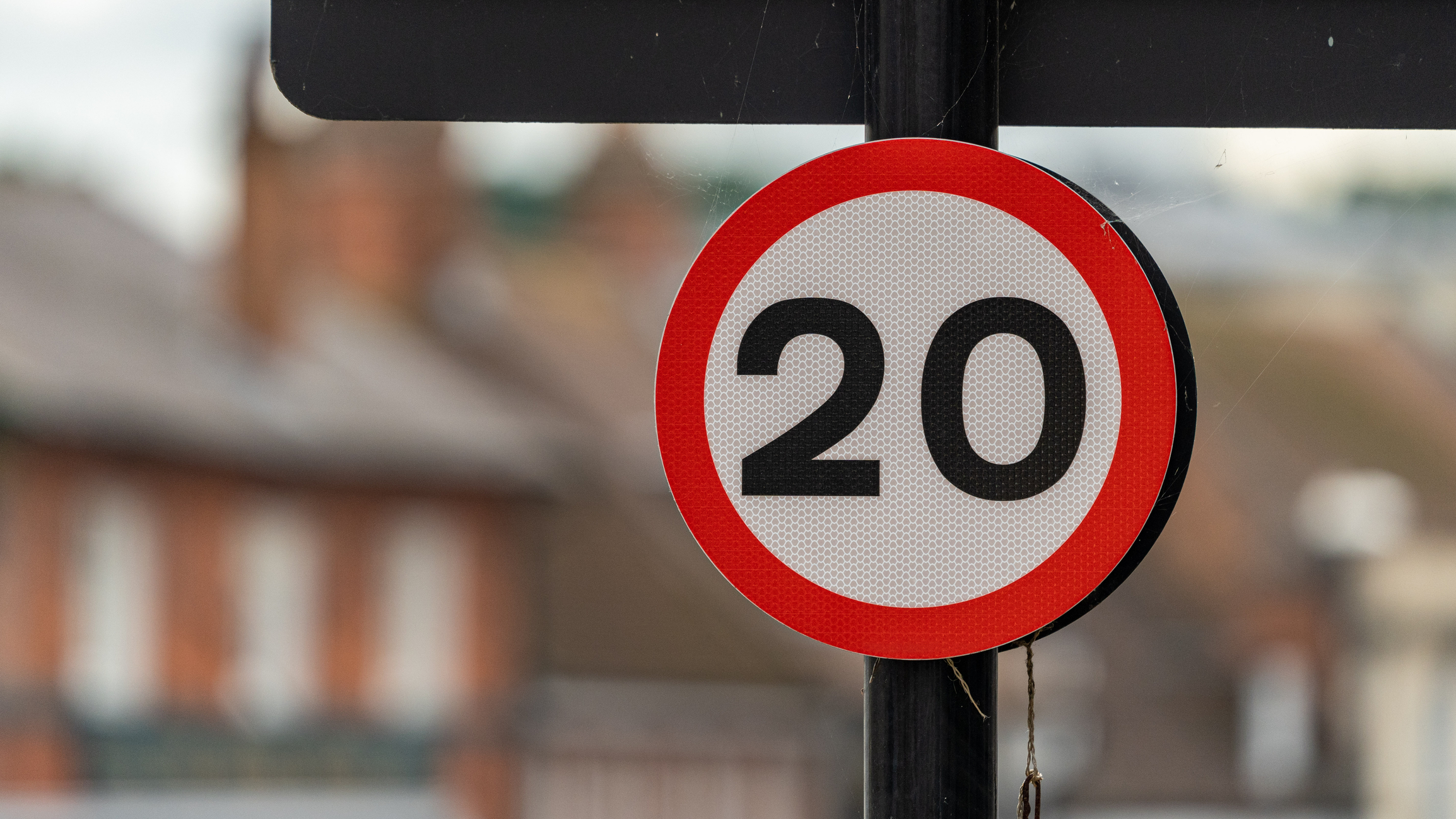Kent 20mph Study
An evaluation of two experimental traffic orders (ETOs) implemented as two separate town-wide 20 mph trials in Kent
Kent County Council commissioned us to provide an independent review and evaluation of two experimental traffic orders (ETOs) implemented as two separate town-wide 20 mph trials in Kent. The trials in question have been carried out in Faversham as signed only limits and Tonbridge as signed only zones and commenced in July 2020.
Both qualitative and quantitative data have been used to understand the impact of the introduction of 20mph in these two towns and Kent County Council completed formal consultations on the trials with residents.
The qualitative data was gathered through commonplace giving residents the opportunity to share their concerns and suggest interventions to make the town healthier, safer, and cleaner. There was feedback on barriers to walking and cycling, air quality and specific roads of concern (both those within and outside of the trial). Speeding was a major concern, making respondents feel unsafe.
Both qualitative and quantitative data have been used to understand the impact of the introduction of 20mph in these two towns and Kent County Council completed formal consultations on the trials with residents.
The qualitative data was gathered through commonplace giving residents the opportunity to share their concerns and suggest interventions to make the town healthier, safer, and cleaner. There was feedback on barriers to walking and cycling, air quality and specific roads of concern (both those within and outside of the trial). Speeding was a major concern, making respondents feel unsafe.

Looking at observed behaviour from Automated Traffic Counters (ATC), there were reductions in vehicle speeds in both towns during the trial period, with only two sites in Faversham not seeing reductions. The average ATC speed reduction in Tonbridge was 3mph and 0.9mph in Faversham.
Generally, negativity around driving and 20mph limits in Faversham did not increase post-trial and there was positive movement in reported levels of active travel. Over 10% of respondents from both trial towns said that their levels of walking had increased after the 20mph limits were introduced and around 20% felt that there was more walking occurring in their area. While nearly 10% of residents in both towns reported an increase in their level of pedal cycle activity after the 20mph limits were installed. As with walking, around 20% of residents of both towns thought that there was more cycling in their area post trial.
Kent’s Vision Zero Strategy uses a Safe System approach to strive to have no road fatalities or life changing injuries on its roads by 2050. Furthermore, it seeks to encourage walking and cycling as the safe and easy choice. The full report can be found here.


